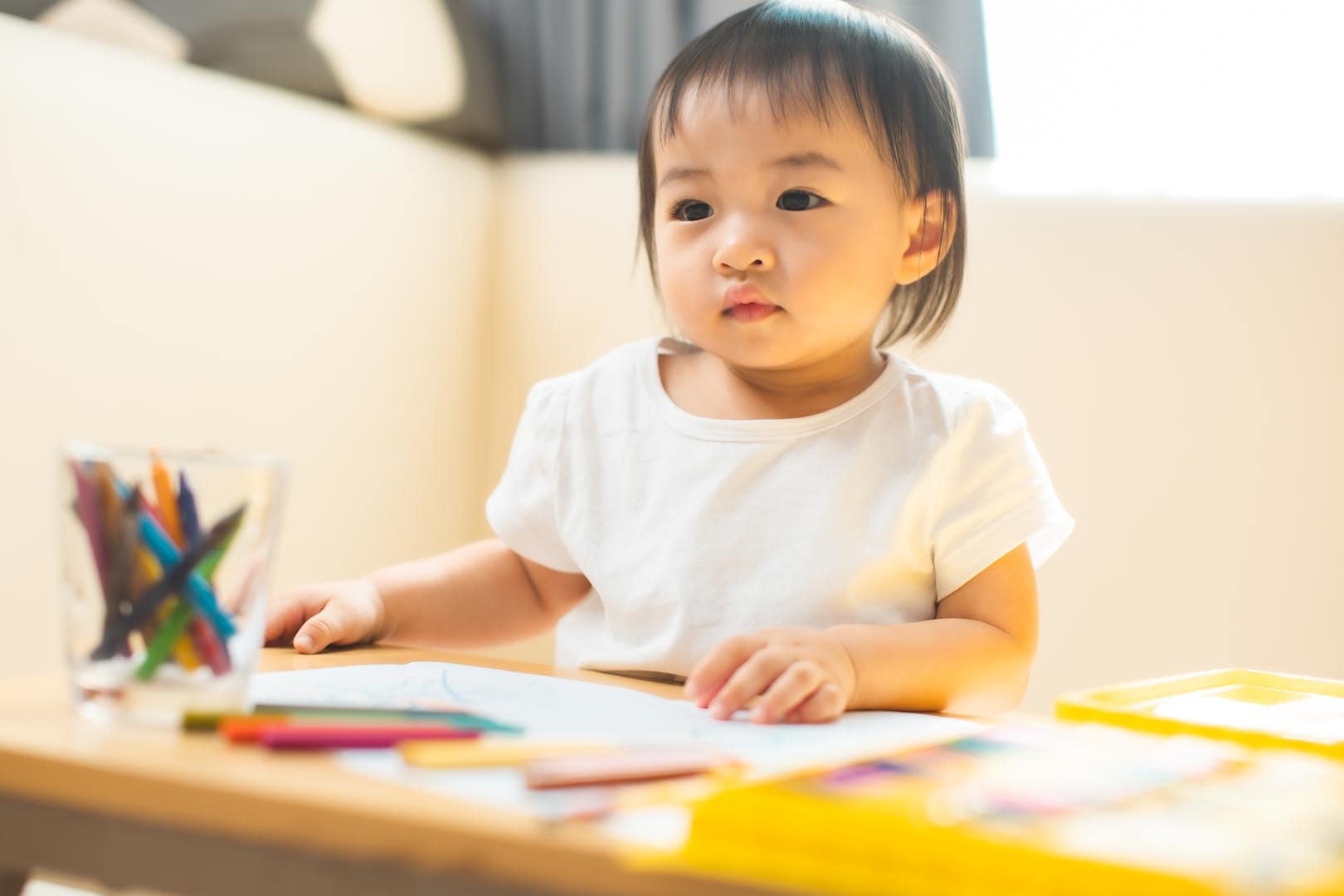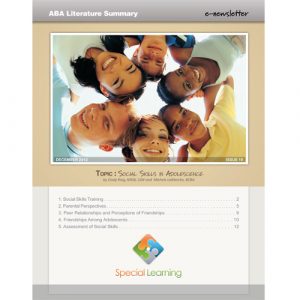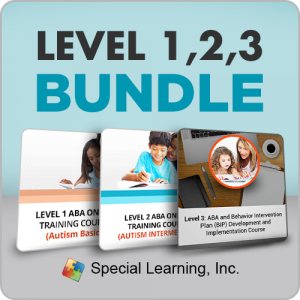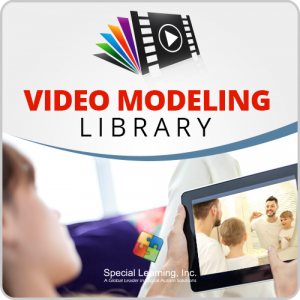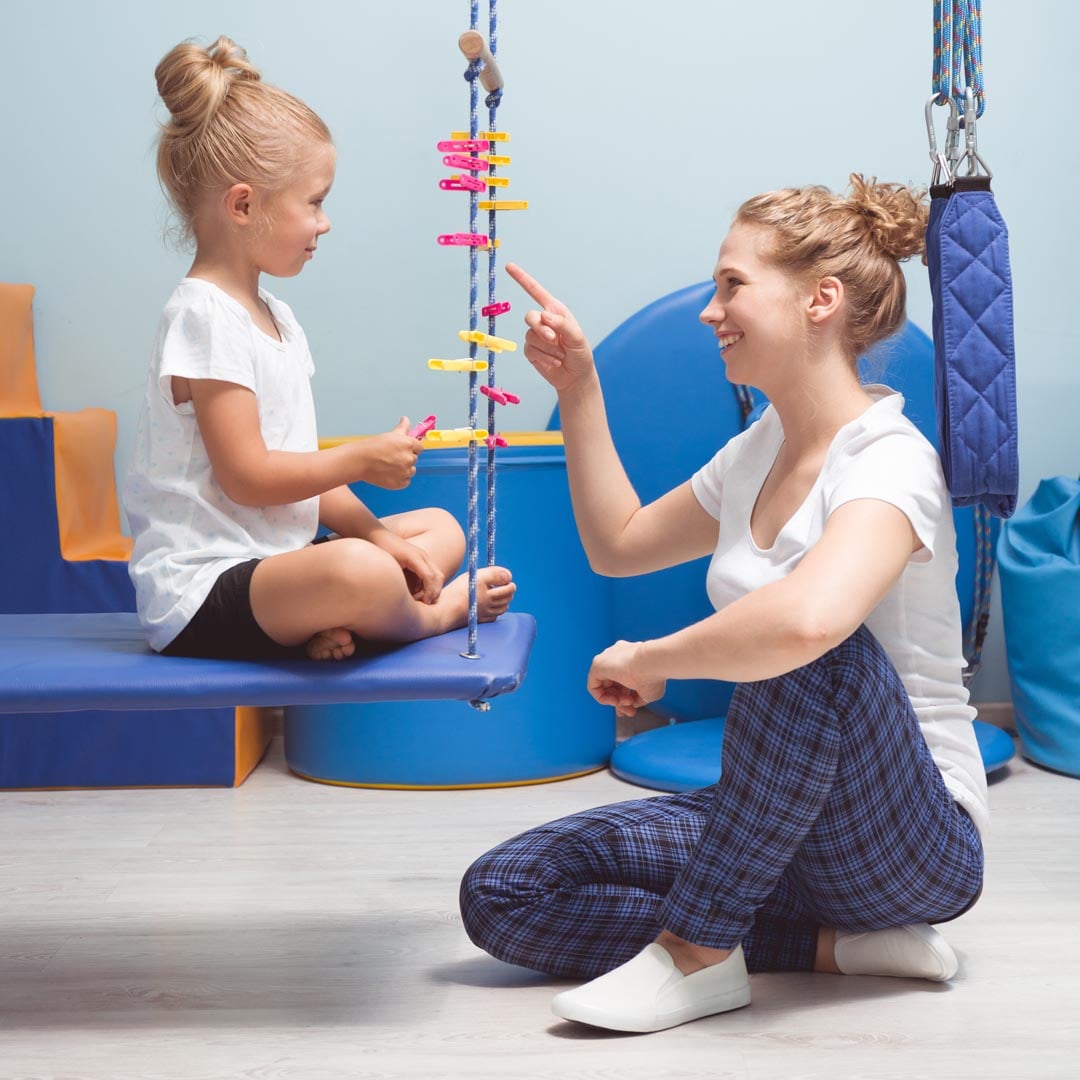Bringing ABA into Your Home
What is ABA?
Applied Behavior Analysis or ABA is a scientific method used to predict and control how humans behave. It uses empirical and observable evidence through assessments of cognitive, behavioral, or communicative activities to develop a treatment plan for children with ASD. Children are taught to perform and function on their own by using techniques known as observation, prompting, reinforcement and fading. (Behavioural Neurotherapy Clinic, 2009) A very high rate of successful skill maintenance, repeatability, and development is achieved by using ABA therapy. (U.S. Department of Health and Human Services, 1999)
Incorporating ABA into Your Life
One of the best things about ABA is that it does not require the use of expensive equipment or tools, making it easy to do at home. Teaching your preschooler with Autism can be done by using objects and toys around the house. Each member of the family is encouraged to get involved in implementing ABA therapy in your home.
How to Make ABA Interesting and Fun for the Whole Family
Supplementing ABA therapeutic techniques for children with Autism can be done in a fun way. There is no need for data collection or many of the more technical steps a certified behavior analysis therapist would be required to do. You can even perform basic tests and trials without keeping scores or timing them. Here are some the suggestions on how to do ABA therapy at home:
- A common starting point in ABA therapy is the ‘Sit-In Chair” activity. Sit opposite your child and ask him to sit facing you. Give clear directions and give praises when he accomplished your requests. Remember to incorporate some fun by tickling and laughing with him. Making your child sit in a chair is a necessary functional skill.
- Another basic skill in ABA therapy is “Look At Me”. Try to hold your child’s gaze for one to five seconds. Use silly glasses or blow bubbles to encourage your child to look at you.
- Make everyone in the family sing made-up songs about touching eyes, nose, mouth, and other parts of the body. Repeat frequently and encourage your child to ‘touch his eyes’.
- Make your child learn colors by using his favorite toy. If his favorite toy car is blue, get another item that is also blue. Make him match the other blue item to his blue toy car. Then repeat the activity for two items that are red, and so on.
- Shapes can be taught by drawing or tracing it on paper or showing your child an object with a certain shape. Just remember to keep it to one shape at a time.
Once you have tried these simple techniques and discovered how easy and fun it can be to help your child develop using ABA therapy, start exploring the Special Learning website for additional products that can help you implement ABA therapy in the family environment. You’ll be proud of the rapid advancement your child can achieve when he is benefiting from ABA therapy both in clinical or school environments and at home.
References:
Behavioural Neurotherapy Clinic. (2009). “ABA for Autism”. Retrieved March 16, 2011, from Behavioral Neurotherapy Clinic:https://www.adhd.com.au/autism
Lovaas, I. O. (1987). “Behavioral Treatment and Normal Educational and Intellectual Functioning in Young Autistic Children”. Journal of Consulting and Clinical Psychology, 3-9.
U.S. Department of Health and Human Services. (1999). “Mental Health: A Report of the Surgeon General — Executive Summary”. Rockville, MD: U.S. Department of Health and Human Services, Substance Abuse and Mental Health Services Administration, Center for Mental Health Services.
Copyright © by Special Learning Inc. All right reserved
No part of this article may be reproduced in any manner whatsoever without written permission except in the case of brief quotations embodied in critical articles and reviews. For information, contact Special Learning Inc., at: contact@special-learning.com




